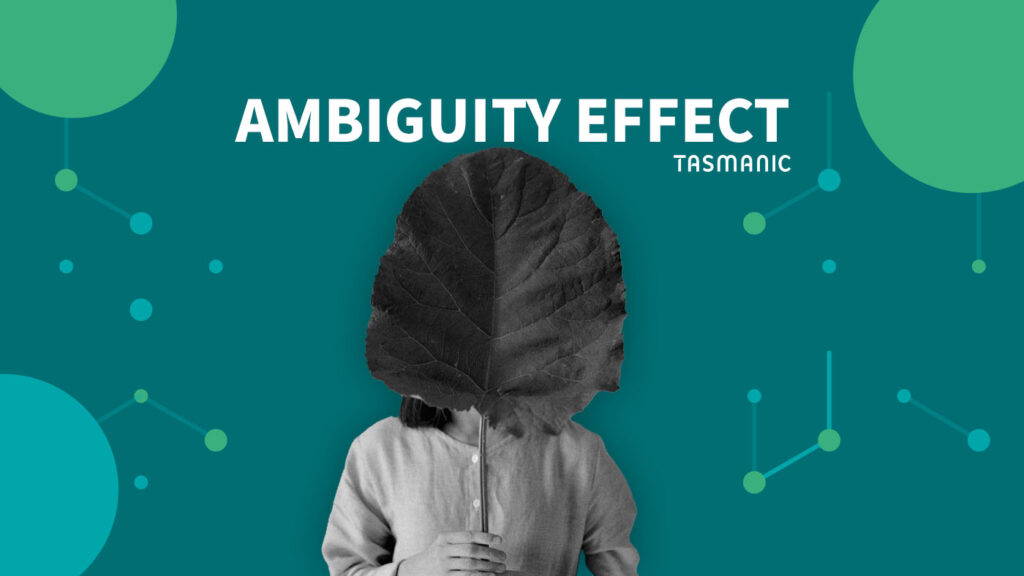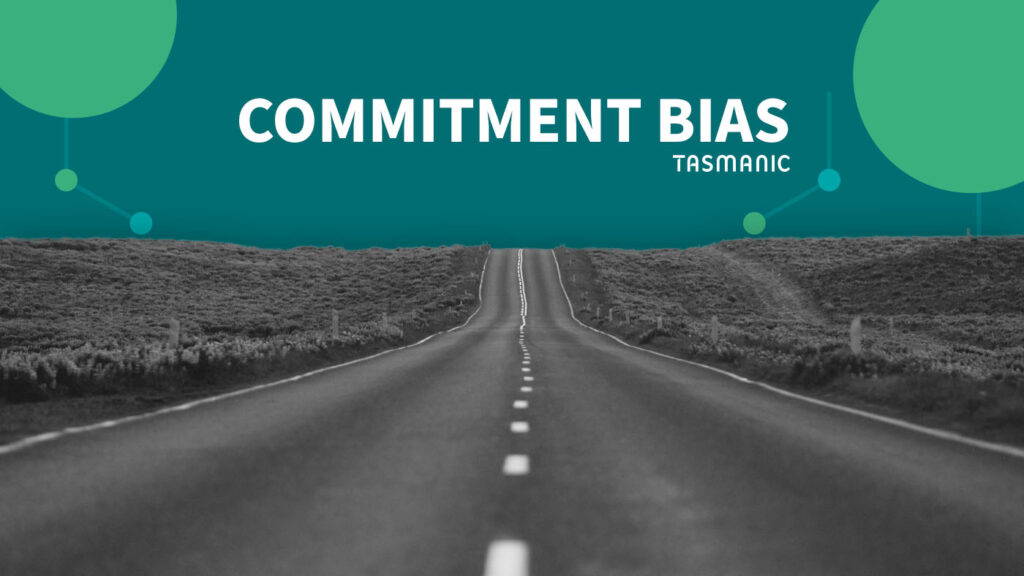- Achieve ambitious growth targets
- Increase market share
- Sustainable competitive advantage

What is conversion optimization?
Conversion optimization (also called CRO or conversion rate optimization) is the optimization of a Web site with the goal of getting more visitors to take a desired action. Actions such as making a purchase, filling out a contact form or signing up for a newsletter.
See your website through different eyes. At Tasmanic we look at your website through the eyes of your customers using various testing methods. With these, we map out the user behavior and associated bumps in the road in a very targeted way. We start with the test that has the most impact on your business goals. Understanding the theories of online behavior is essential.
What do you get out of CRO?
Suppose you advertise through Google Ads and spend serious budget on it. The campaigns are working well and a lot of traffic (visitors) are coming to your site. But the percentage that actually leads to a purchase or other desired action is too low in your eyes. We look at benchmarks to determine whether this is indeed too low. If so, then it definitely makes sense to look at CRO. Visitors are nice, but buyers are better! By the way, benchmarks are not sacred, more important is what your customers expect and want.
Where and why do visitors drop out with you?
We are going to find out very precisely why people drop out and at what stage of the process (purchase, make contact, sign up for newsletter, etc.). So somewhere there are bumps that are not being taken. We find those and make them disappear. This is a continuous process of testing and adjusting. If it goes well, you kill two birds with one stone. And your Ads budget pays off better and your sales increase.
Put theory into practice
There is a lot of knowledge about people's online behavior. We are happy to put that knowledge to work for you.
Establish a hypothesis
What is the expected improvement in performance?
Test the hypothesis
Always run the test simultaneously with (that is, alongside) the original version. That way you can compare.
Implement the improvement or learn from the test
Not all tests are successful; all are valuable. After all, what doesn't work is also important information.
CRO at Tasmanic
With CRO, we help our clients achieve seriously better returns from their online marketing budgets. In brief, we go about this as follows:
Analysis current situation
What campaigns are running and how are they doing? Traffic but little conversion? Then we look for all the bumps in the road where visitors drop out. Often these are surprising things, not just the color and shape of a button. It can also be in the landing page, the texts, images, you name it.
Setting strategy
Piece by piece, all possible bumps must be looked at. Then you need a plan to address each one. This should be seen from the so-called "funnel" - the steps a visitor takes to proceed to your desired action.
Implementing strategy: setting up A/B testing
We test the current situation (A) versus the modified or new situation (B). So this is called A/B testing. Part of the visitors get to see the site A the other half B. Then we measure the results. If B scores significantly better it becomes the new A, and we move on to the next bump.
Evaluation strategy
Which tests turned out well, which didn't? What did we learn. With that, we can go back to the analysis phase.
CRO is an ongoing process
CRO is basically about a constant desire to do better and better. Big websites like Coolblue, Bol, Booking and Amazon do this day in and day out with dozens of experts.
But what they achieve is also attainable by smaller companies.
Is your company missing opportunities?
Our pay is based on your results.















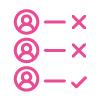
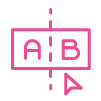
 Team
Team FAQ
FAQ Prices
Prices Vacancies
Vacancies Contact
Contact Marketing
Marketing SEO
SEO SEA
SEA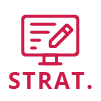 Strategy
Strategy Sales
Sales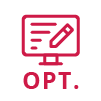 Optimization
Optimization AWR
AWR Ahrefs
Ahrefs Channable
Channable ContentKing
ContentKing Leadinfo
Leadinfo Optmyzr
Optmyzr Qooqie
Qooqie Hubspot
Hubspot Semrush
Semrush




